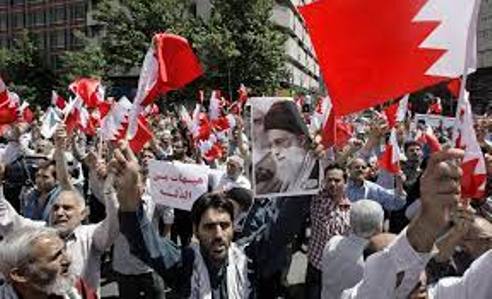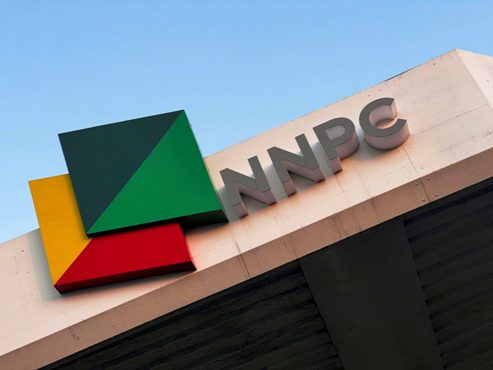LAGOS MAY 25TH (NEWSRANGERS)-The brutal murder of a young woman named Mahsa Amini nearly nine months ago began an unprecedented unrest in Iran today. Yet, in describing the conditions inside Iran, the diaspora often find themselves explaining that Iran’s rich heritage and civilization are not synonymous with the Ayatollahs and their ideology of bigotry, vengeance, and terror.
This argument has been in display over the past few months, as Iranians from all walks of life and age groups have taken to the streets, calling for the overthrow of the clerical regime in its entirety. Although the indiscriminate oppression and waves of executions that have followed these protests are painful to comprehend, they also testify to a revolutionary phase in Iran – a new era of resistance which offers the greatest challenge to the Mullahs’ hold on power.
Three young men, all arrested in November 2022 and executed in Isfahan last week, were activists who represent the overwhelming majority of people living in Iran. They had stood up against religious tyranny and lost their lives defending a nation’s dignity. In a related statement this month, Amnesty International documented the sad reality that these vibrant young men were tortured while in custody and “sentenced to death less than two months after their arrest and executed just weeks after the Supreme Court rubber-stamped their unjust convictions and sentences without any regard for the lack of evidence and serious allegations of torture.”
So what do these protesters’ slogans tell us about people’s aspirations in Iran? Iranian young and old, representing various ethnic and religious backgrounds, men and women of that beleaguered country are chanting “Death to the dictator” and “down with the oppressor, be it the Shah or the Supreme Leader.” Although it may seem vague to some, these slogans demonstrate the people’s rejection of both single-partly monarchic (Shah) and present-day theocratic dictatorships. And despite the regime’s ruthless crackdown on protesters, killing of at least 750 and arrest of over 30,000 dissidents, the public remains committed to regime change and opposed to whitewashing the former Shah’s dictatorial legacy.
It is important to note why Iranians are willing to die today to reject past dictatorships. It is because the Shah Mohammad Reza Pahlavi of Iran left a legacy that includes decades of violent repression, which ultimately set the stage for similar trends under the new regime after he was overthrown. This unelected dictator killed and imprisoned dissidents, banned books and gatherings and effectively guaranteed that none of the country’s pro-democracy opposition figures would be in a position to challenge the religious zealots once he was deposed.
The current protesters get their impetus not only from abhorrent human rights conditions but also from a pedigree that features dozens of pro-democracy leaders and organizations. Their aim of establishing a representative Iranian Republic today is not unlike what those leaders had sought through out. The goal of the latest uprising is the same as the goal that the overwhelming majority of Iranians had in mind in 1979, namely the establishment of democratic rule and a legal framework for the basic freedoms that have been trampled on in successive dictatorships of the past and present.
Today, the global community must not accept, as norm, the barbaric torture and executions in Iran. To that end, it is commendable that U.S. Congressional Caucuses and Resolutions are refocusing attention on the people of Iran. For example, at a recent hearing of the Congressional Iran Women Caucus, Congresswomen Nancy Mace (R-SC) and Sheila Jackson Lee (D-TX) joined members of the Iran Human Rights and Democracy Caucus to highlight human rights abuses and examine the details of the Iranian opposition’s plan for a free and democratic republic in Iran.
The persistence of the protest movement and the sharpness of the slogans in Iran suggest an underlying organization and a collaborative nature. These protesters nevertheless face daunting challenges. Among them is the brutality of the regime itself but also ambivalence on the part of the international community. Such silence feeds the regime’s brutality and chokes the revolutionary movement, thus lengthening the cleric’s ominous rule. Iranian people are clearly ready for a democratic, republic government to be ruled by the people for the people and we bear the responsibility to morally and politically support their efforts.
Dr. Majid Sadeghpour is a renowned Iranian relations and policy expert








